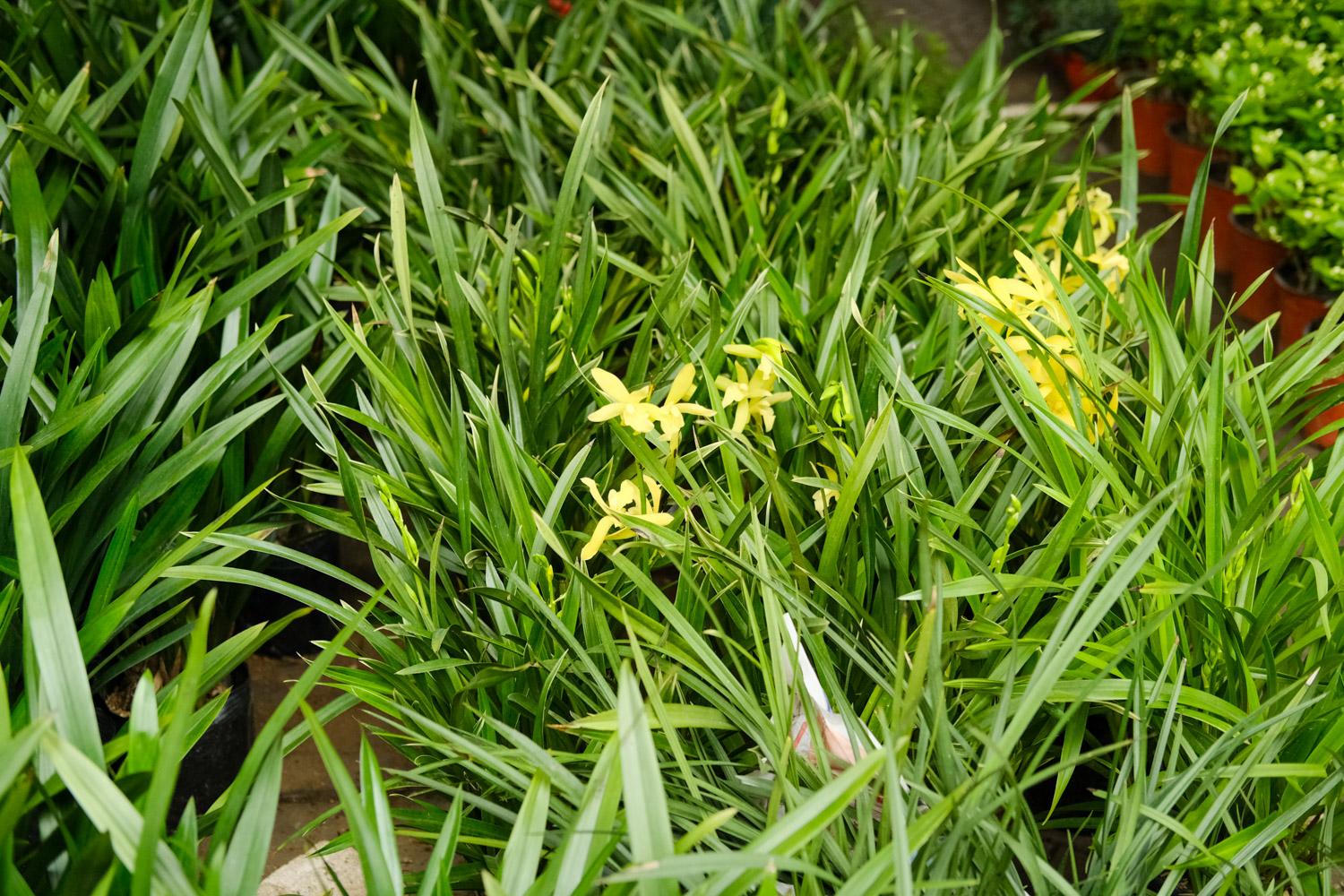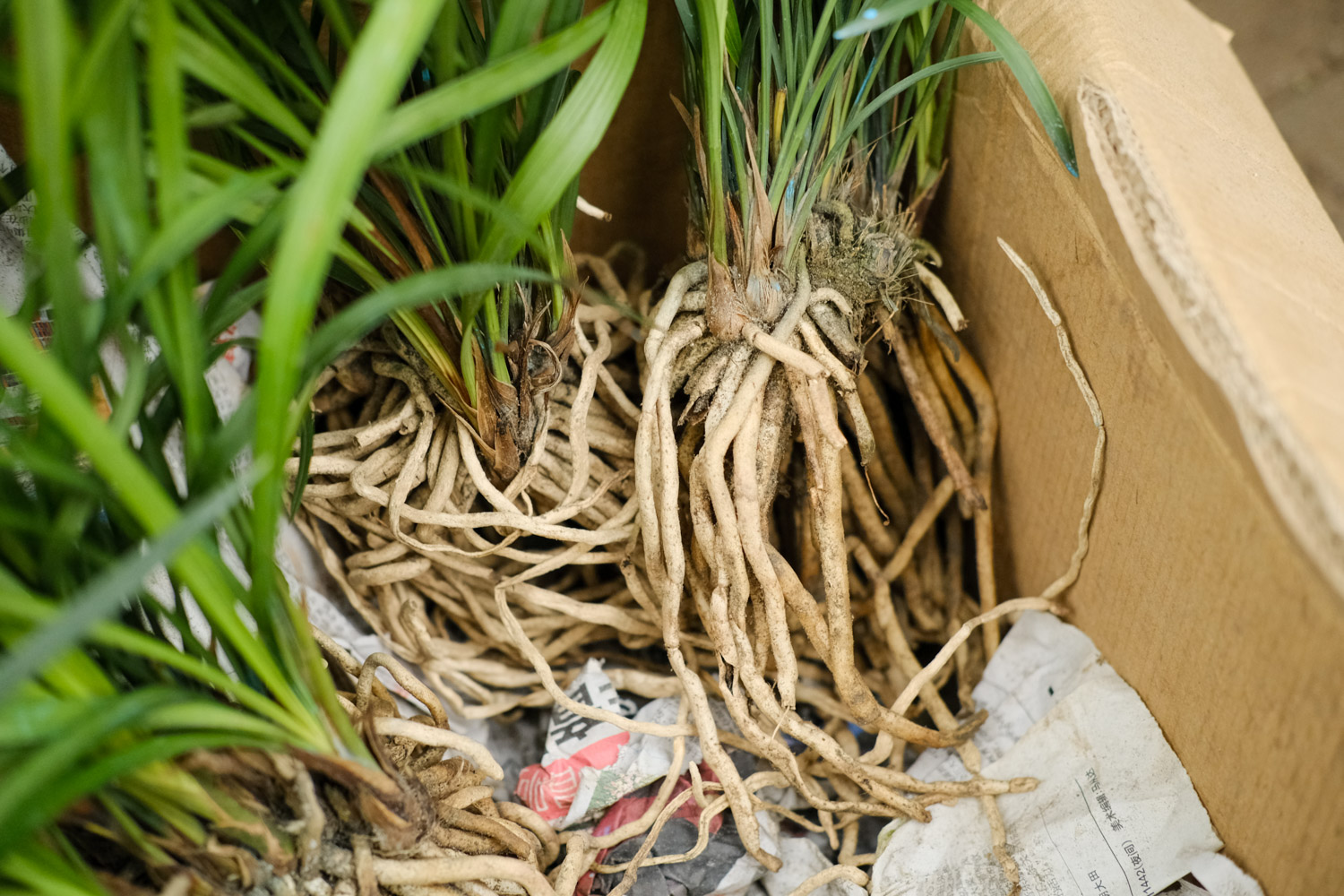1、 Maintenance skills
1. Conservation environment: for indoor breeding, orchids should be placed on the windowsill, flower rack or desk with sufficient ventilation, astigmatism and sunshine. When the temperature is too high and the light is strong in summer, shading measures need to be taken. When the temperature is too low in winter, move the plant to a warm place indoors
2. Soil selection: orchids like fertile soil rich in humus. When preparing orchid breeding soil, peat soil, black mountain mud, pastoral soil and moss can be selected. Laying a layer of crushed stones and moss on the surface of the flowerpot can keep warm and moisturize

3. Watering: it is hot in summer and the water evaporates quickly. Watering is required in the morning and evening. Moisturizing plants can also be done through foliar spray, not watering and spraying at noon. In winter, the amount of water should be reduced and watered when the basin soil is fast drying. It is best to use slightly acidic water such as rainwater for watering. Tap water can only be used after exposure to the sun
4. Humidity: keep the relative humidity of the air between 40-70%. In such a humidity environment, it is conducive to plant growth. Too dry or too wet will cause adverse reactions to the plant. A hygrometer is placed next to the orchid, which can intuitively monitor the humidity of its growth environment

2、 How to raise flowers
1. Changing pots: orchids need to change pots once a year, so as to provide sufficient nutrients for plants and avoid soil hardening, which is conducive to better growth and flowering of orchids
2. Sufficient light: sufficient light conditions are required during the flowering period of orchids. Plants can carry out full photosynthesis, which is the key to promote orchid flowering
3. Sufficient nutrients: orchids have a high demand for nutrients during flowering, so they need to supplement nutrients for plants in time. In particular, phosphorus and potassium are the key to promoting orchid flowering. During its growth period, thin liquid fertilizer can be applied every half a month, and phosphorus and potassium fertilizer can be applied 1-2 times before flowering


 jackfruit
jackfruit snake plant
snake plant hibiscus
hibiscus hydrangea
hydrangea lavender
lavender Green roses climb al...
Green roses climb al... If you don't pay att...
If you don't pay att... Management of four g...
Management of four g...

































